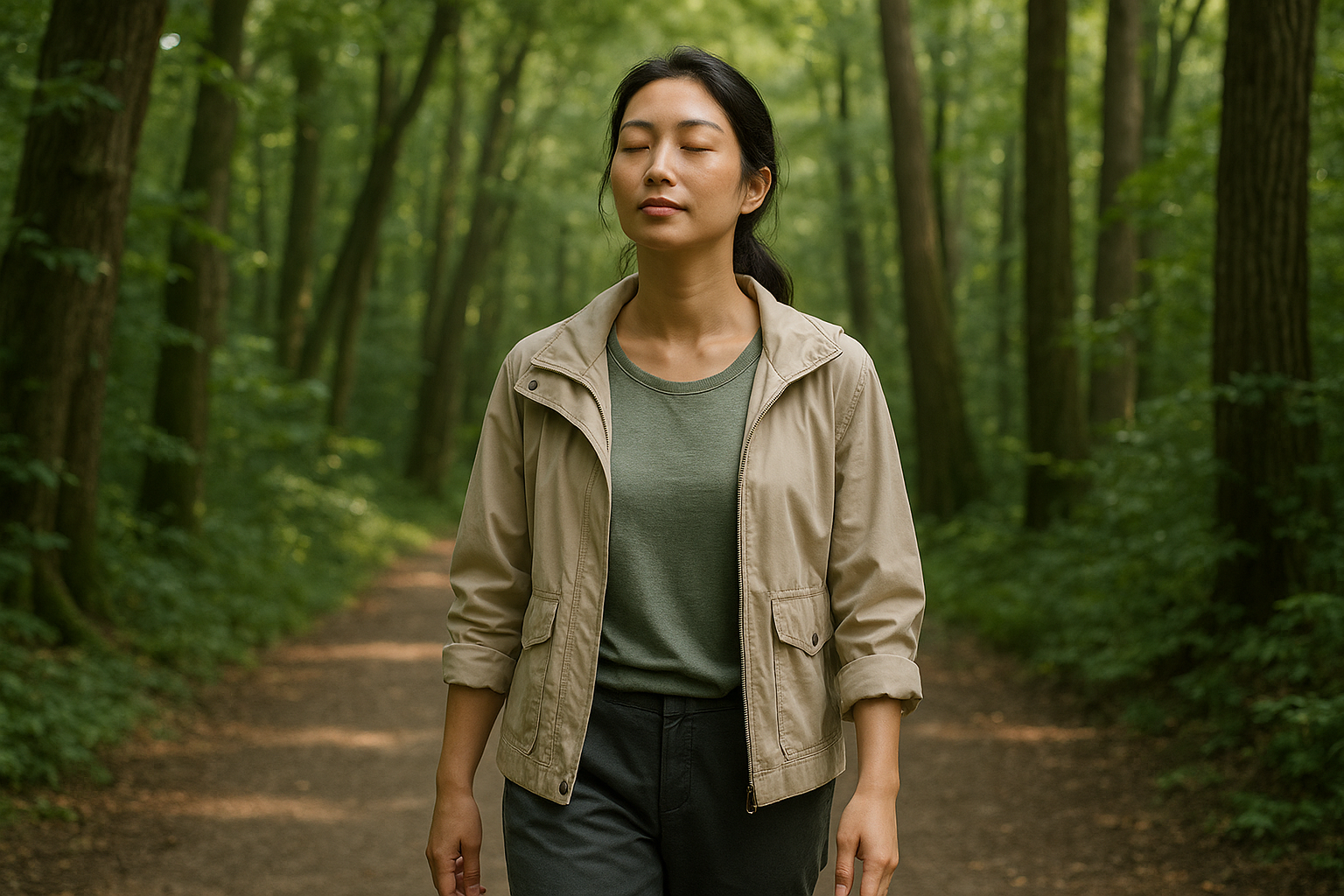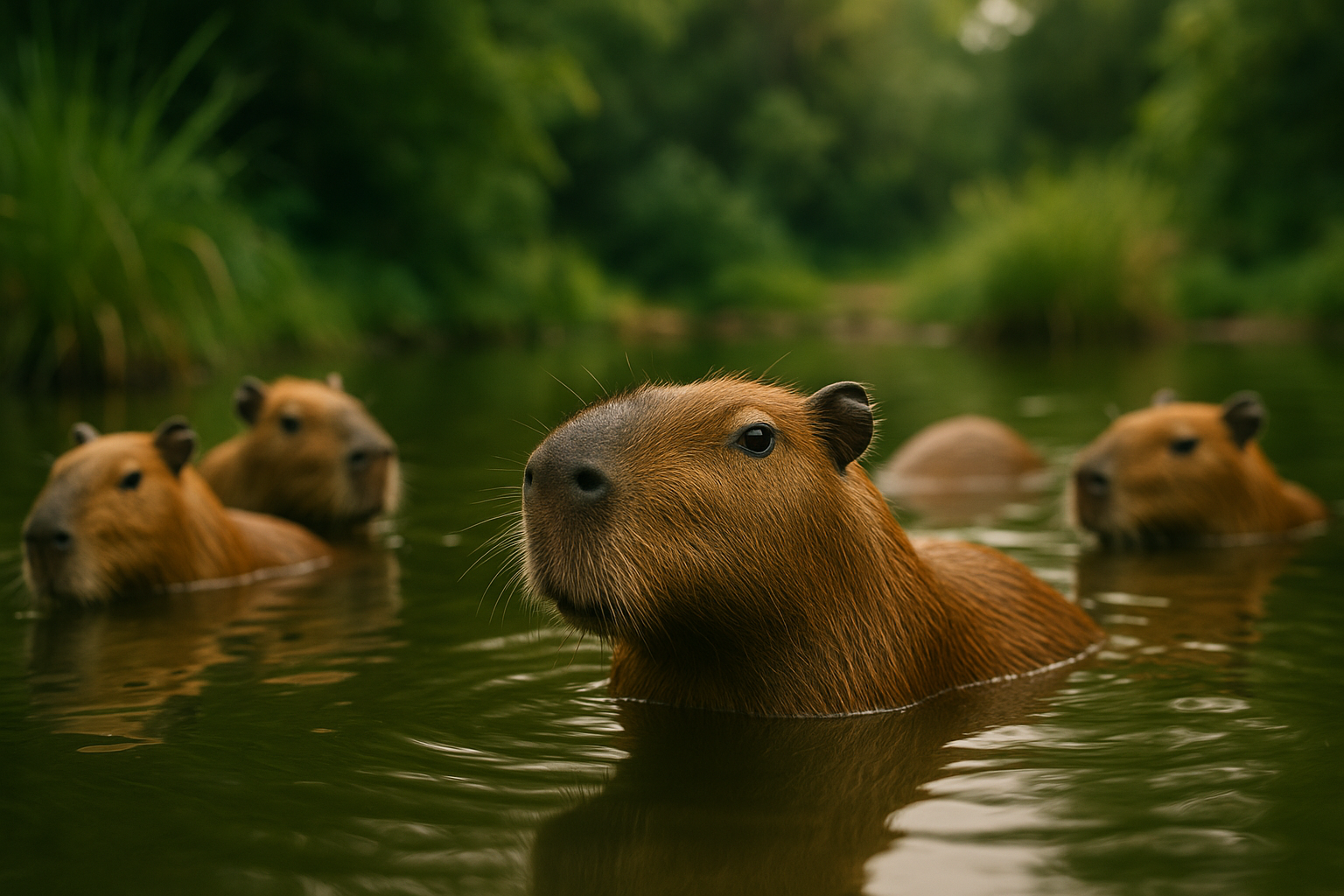Unveiling the Intriguing Health Benefits of Forest Therapy
In the last few decades, the paradigm of health and wellness has shifted from merely managing diseases to promoting holistic well-being. One emerging wellness trend that's gaining attention worldwide is forest therapy, also known as shinrin-yoku or 'forest bathing'. Despite its relatively recent popularity in the West, forest therapy has deep roots in Japanese culture and science, offering a unique blend of nature, mindfulness, and healing. In this article, we delve into the fascinating world of forest therapy, discussing its origins, scientific credibility, benefits, and challenges.

A Stroll Through History: The Emergence of Forest Therapy
Forest therapy, or shinrin-yoku, literally translates to ‘taking in the forest atmosphere’ or ‘forest bathing’. It was introduced in Japan in the 1980s as part of a national public health program. Inspired by ancient Shinto and Buddhist practices, the concept was developed to combat the stress and health problems associated with urban living. Since then, it has been backed by numerous scientific studies and is now being adopted worldwide as an effective wellness strategy.
The Science Behind Forest Therapy: More Than Just a Walk in the Woods
Forest therapy is more than just a leisurely walk in the woods. It involves immersing oneself in a forest environment, engaging all five senses to achieve a state of relaxation and mindfulness. Several studies have shown that this practice has tangible health benefits. For instance, research conducted by the Nippon Medical School in Tokyo found that forest bathing can boost the immune system function, lower blood pressure, reduce stress, and improve mood and sleep quality.
The Rewards and Challenges of Forest Therapy
As with any health practice, forest therapy also has its rewards and challenges. Its benefits extend beyond physical health to mental and emotional well-being, making it a holistic wellness strategy. However, accessibility can be a challenge for those living in urban areas with limited green spaces. Despite this, with creativity and effort, even city dwellers can incorporate elements of forest therapy into their routine, using local parks or even indoor plants.
Enlightening Health Facts About Forest Therapy
-
Forest therapy sessions typically last for two to four hours, involving guided activities like meditation, mindful walking, deep breathing, and nature observation.
-
It’s not about distance covered or speed; it’s about immersing oneself in nature and connecting with it on a deeper level.
-
The positive effects of a single forest therapy session can last up to a month, as per a study published in the ‘International Journal of Environmental Research and Public Health’.
-
Forest therapy is now recognized as a stress management strategy in Japan and is covered by insurance.
In conclusion, forest therapy presents an exciting frontier in holistic health and wellness. It embodies the timeless wisdom of our ancestors who lived in harmony with nature, backing it up with modern scientific research. So the next time you’re feeling stressed or overwhelmed, remember that a “bath” in the forest might be just what you need.




